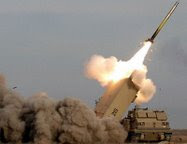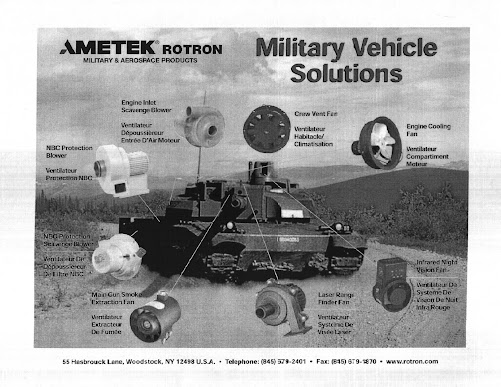Careful study may reveal which weapons system a contract's for. If an NSN is mentioned, that's the National Stock Number of the item supplied, and another DLA website called WebFLIS may tell you more about it.

For example, the CAGE Code for Woodstock's Rotron is 82877, and among the contract awards you'll find on DIBBS is one dated 7/2/2009 for 3 fans. WebFLIS's information for this model of fan reveals that it's a component of the F-16 fighter aircraft.
See also another useful website














